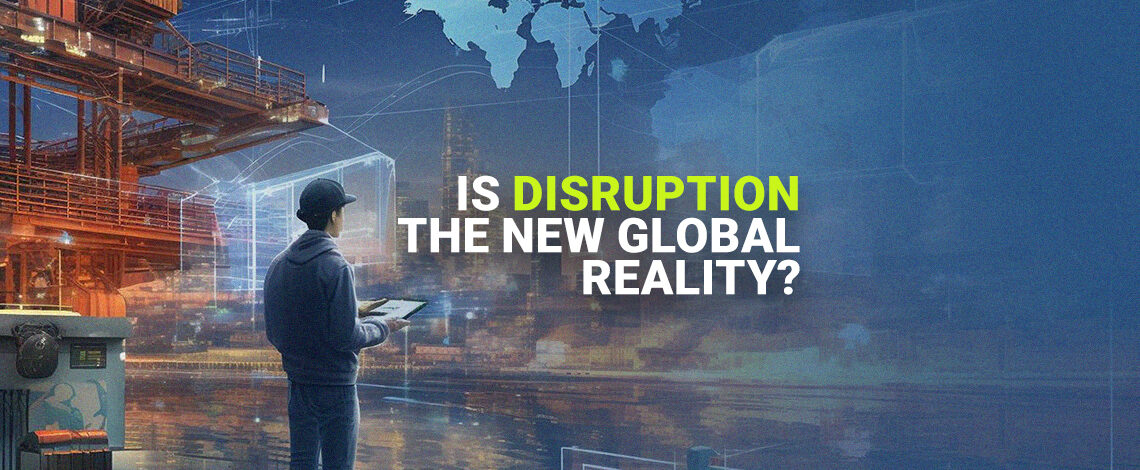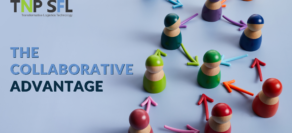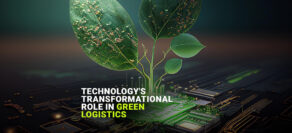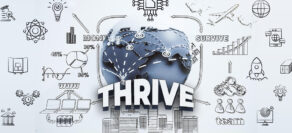Amidst what can only be described as a perfect storm for global supply chains, businesses are finding themselves at a critical crossroads. The challenges are abundant: skyrocketing inflation impacting consumer demand, labour unrest reverberating across Europe, energy shortages leading to production cutbacks, and a landscape of geo-political uncertainty adding yet another layer of disruption. As if that weren’t enough, regulatory changes coupled with the very tangible impacts of shifting weather patterns further amplify the complexity. It has lead supply chain leaders to realise one of the most painful lessons of the past several years: having the best product, technology, sales, marketing, and customer service doesn’t matter much if your company doesn’t have a resilient supply chain.
But, in every challenge lies an opportunity. This has led companies to not only rethink their strategies but also to invest in the technologies that can navigate this increased complexity. It’s a moment of reckoning that has given rise to what many are terming as a “Supply Chain Reset.”
The Supply Chain Reset refers to a comprehensive transformation and re-evaluation of global supply chain operations. It involves rethinking and restructuring supply chain strategies, processes, and technologies to enhance efficiency, adaptability, and sustainability. It’s a proactive approach to address evolving challenges and seize opportunities.
Understanding the disruptions propelling a transformation is crucial. A growing number of executives have decided they can no longer afford to get caught flat-footed. They recognize that while it’s important to respond effectively to short-term supply chain shocks, they also have to reposition their supply chain for the long haul because disruption is the new global reality.
The Five Pillars of the Great Supply Chain Reset:
1.Rationalizing the Product Portfolio for Sustainability and Profitability:
Businesses must meticulously evaluate their product portfolios, focusing on sustainability, profitability, and environmental impact. This lays the foundation for a more resilient and forward-thinking supply chain.
2.Resilient Circular Model:
Engineering products for longevity, repairability, and upgradability align with the demands of a circular economy. This approach not only fosters sustainability but also introduces revenue streams through modular design, enabling efficient component replacement and servicing.
3. Segmenting the Supply Footprint and Challenging Traditional Management Hubs:
Achieving balance in cost, service, sustainability, agility, and resilience is pivotal. This involves re-evaluating supplier strategies and challenging conventional management hubs. Technology plays a crucial role in enabling remote functionality and decision-making.
4.Automation and Cognitive Decision Support for Supply Chain Visibility:
Technologies enhance transparency, control, and agility in the supply chain. They empower managers to make well-informed decisions swiftly, ultimately improving operations’ quality and speed.
5.Collaborative Relationships Built on Value:
Tomorrow’s supply chains will involve a complex network of partners, working collaboratively towards circular design and sustainable practices. Compliance takes precedence in sourcing decisions. Manufacturers are streamlining their supplier base for trusted strategic relationships, emphasizing outcomes over transactions.
The perfect supply chain is likely unattainable. Some limitations across operations, capital, commercial capabilities, suppliers, and regulations must be considered within the real-world scenario. But when business leaders themselves dare to think boldly and reverse-engineer from the end goal, it usually allows the company to get a lot closer to perfect.
The Supply Chain Reset isn’t just a transformation; it’s an opportunity. An opportunity to fortify your operations, align with sustainability goals, and future-proof your business against unforeseen disruptions. The question now stands: are you ready to reset your supply chain for the better? Or are you waiting for the next black swan event to unfold?







